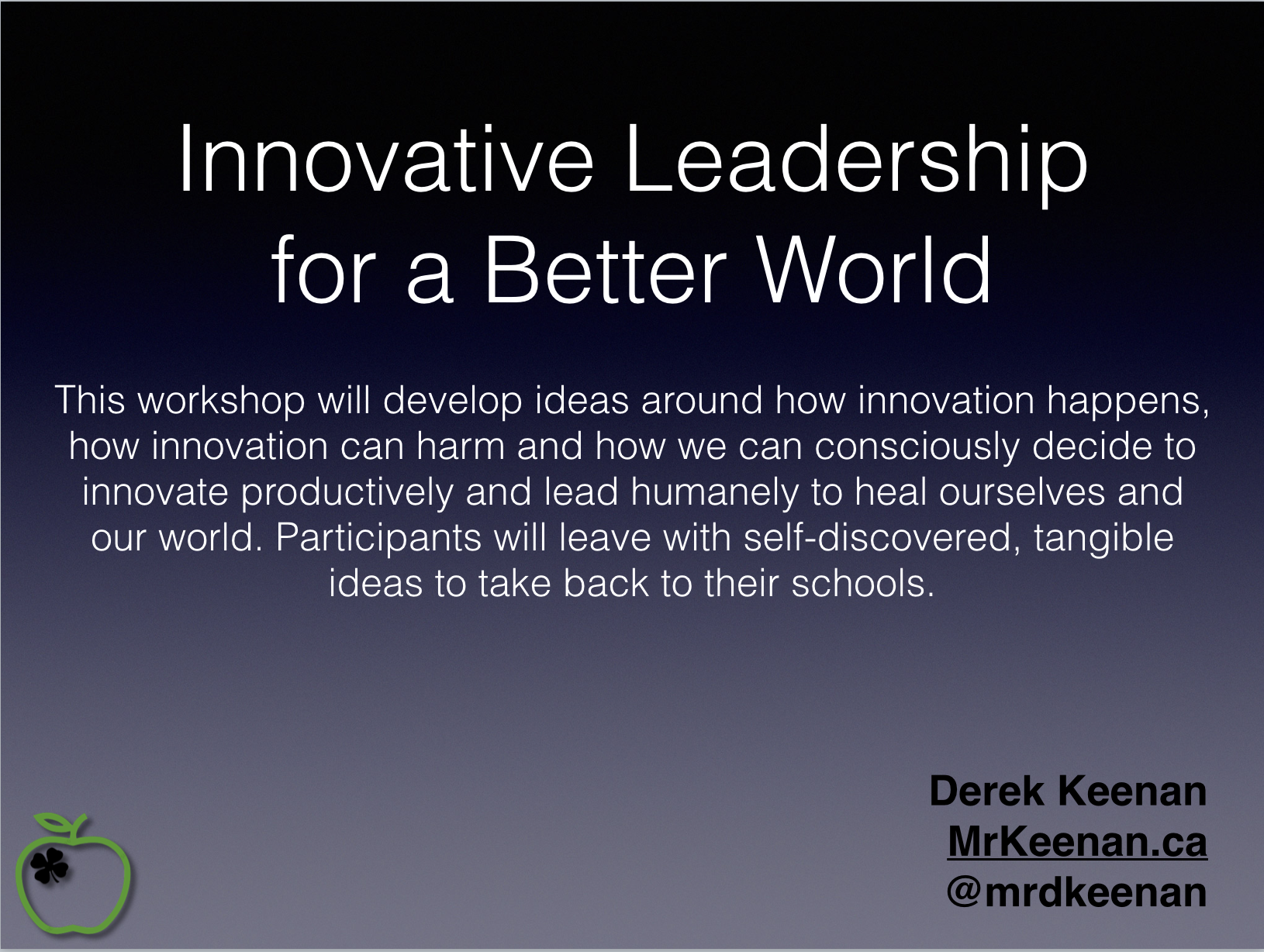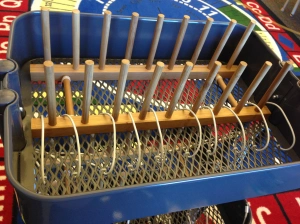Well, I haven’t been a prolific writer in the past years, but I have maintained the site as there are some posts that continue to receive hits daily for various reasons. However, in those years I have been working diligently as an Assistant Principal at a rural Alberta school and in the spring I was named as Principal of a grade 6-12 school for the 2019-20 school year. There are so many different aspects of my journey that I could discuss, but I was inspired to sit down and write because I am now preparing, for the first time, to lead a school when I head back to work in the coming week. It’s time to revive this blog and get some great discussion about education happening again. Keep in mind that I am open for discussion anytime on Twitter (@mrdkeenan).
This summer has been one of contemplating my leadership style, trying to read as much as possible to support me and developing a great understanding of my team and school culture. I feel fortunate to have been posted to a school that is central to their community, with a strong student leadership contingent and a great team as a staff. As I enter the school year, I don’t feel as though the school is in chaos in any way, and look forward to meeting students, parents and community members in the opening days.
And I suppose that is the point of this post. All general logistics aside, my focus will be on developing relationships with staff, parents and getting to know the students as quickly as possible so they begin to understand who I am and what I’m about. As I have stated above, the school is in a good place, so I know the previous Principal did a great job of this during his tenure at the school. So what are the exact steps I will be taking?
- I have been reading a number of titles focused on school culture, relationship building and development; they have given me many ideas about the possibilities a new leadership position may bring (I will be posting on my summer reading list and learnings soon)
- I will be sending out an email before the staff come back, inviting them to a personal conversation in which we will get to know each other better and they can let me know how they see themselves in relation to the school and culture.
- When we start up for the fall, I will be visible and present as much as possible for students and parents to get to know me. This will include a welcome message and video on the school website and social media accounts.
- Mainly, I plan on honouring what is in place in the school as much as possible. There is no need for me to come in with a ‘heavy hand’ and shift things that are working. I will be spending the first weeks learning about our school and the needs we have. I will be an active support to start, learning all the while.
Any thoughts on this? What would you be focused on if you were looking at your first days as a school Principal? Please comment below or reach out on Twitter.

 This year I have the opportunity to present a session on Project Based Learning at both Palliser District Teacher’s Convention and South West Alberta Teacher’s Convention. You can download a PDF of the presentation below:
This year I have the opportunity to present a session on Project Based Learning at both Palliser District Teacher’s Convention and South West Alberta Teacher’s Convention. You can download a PDF of the presentation below:






